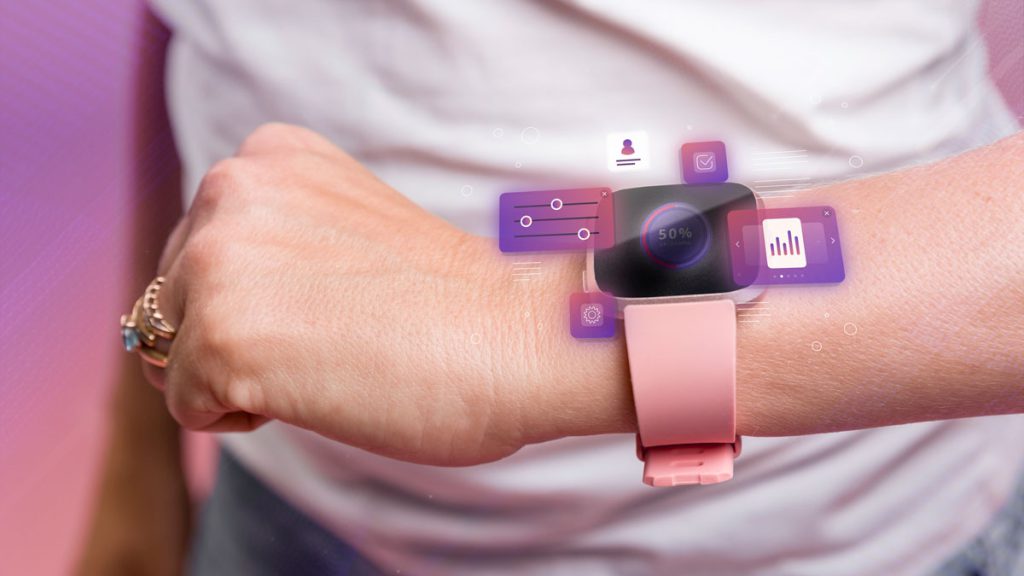Hosting a dinner party is a great way to bring people together, celebrate a special occasion, or simply enjoy an evening with friends. However, the thought of preparing food, setting the table, and entertaining guests can feel overwhelming. The key to a successful dinner party is preparation and organization. By breaking the process into manageable steps and keeping things simple, you can host an enjoyable evening without the stress. Here’s how you can do it.
1. Plan Ahead
The foundation of any successful dinner party is planning. Start by selecting a date that works for everyone and confirm the guest list. Once you know how many people will be attending, it’s time to think about the menu. Consider your guests’ dietary preferences and restrictions—nothing puts a damper on a dinner party like an unwelcome surprise due to food allergies or preferences.
Choose a menu that you are comfortable preparing, and aim to select dishes that can be prepped ahead of time to minimize stress on the day of the event. Ideally, your menu should have a balance of appetizers, a main course, sides, and dessert. Focus on dishes that complement each other, and if you’re a beginner cook, don’t hesitate to include some store-bought items to save time.
2. Create a Welcoming Atmosphere
The ambiance plays a big role in setting the tone for the evening. Start by setting the table early, leaving enough time to add thoughtful touches like candles or flowers. When it comes to tableware, it’s not about having the fanciest china—it’s about creating an atmosphere where everyone feels comfortable and welcome. Choose a simple yet elegant arrangement that suits the occasion. If you’re unsure, a simple white tablecloth, a few candles, and some fresh flowers will do wonders.
Lighting is another important factor. Dim the lights slightly and set up your dining area so your guests feel at ease. The atmosphere should be relaxed yet warm, inviting conversation and enjoyment.
3. Streamline the Menu
While it’s tempting to impress guests with a complicated spread, simplicity is key to keeping things stress-free. Choose a menu with a mix of easy-to-make dishes and some that can be prepared in advance. For example, you might serve a hearty soup or salad as a starter, followed by a slow-cooked main dish that requires little attention, like roasted chicken or a pasta dish.
For dessert, choose something that can be made a day or two ahead, such as a cake, cookies, or fruit salad. You don’t want to be stuck in the kitchen when your guests arrive. Instead, set everything up so that you can spend more time with them and less time in the kitchen.
4. Prep in Advance
Preparation is the key to a stress-free evening. The more you can do before your guests arrive, the better. Plan your cooking and prepping schedule. Start by prepping vegetables, setting the table, and organizing drinks early in the day. Prepare any side dishes, appetizers, or sauces a day ahead, if possible, and store them in the refrigerator. This will allow you to enjoy the evening instead of rushing around last-minute.
Consider making things like dips or marinades in the morning, so you don’t have to worry about them later. If you’re serving a main dish that requires oven time, you can even set up the dish and pop it in the oven just before your guests arrive, leaving you with more time for mingling.
5. Create a Drink Station
A self-serve drink station is an excellent way to reduce your workload and allow guests to help themselves. Have a variety of alcoholic and non-alcoholic options available, and make sure to provide garnishes and mixers to encourage creativity. Whether it’s wine, cocktails, or mocktails, having a station where guests can grab their own drinks takes the pressure off you.
Additionally, prepare water pitchers and glasses at the table or within easy reach, encouraging hydration throughout the evening. If you’re serving wine, consider offering a few options, such as red, white, or a rosé, to please various tastes.
6. Enjoy the Moment
It’s easy to get caught up in the details, but don’t forget to enjoy yourself! After all, a dinner party is about creating memorable experiences with friends or family. Let go of perfection—if something goes wrong, roll with it and laugh it off. Most guests won’t notice a small mishap, but they will remember the good company and the fun they had.
During the party, encourage conversation, play some light music, and enjoy the evening without worrying about every small detail. As the host, your energy will set the tone for the evening, so stay relaxed and enjoy yourself, knowing you’ve already set everything up for success.
7. Keep It Fun and Relaxed
Lastly, remember that a dinner party is an opportunity to socialize and have fun. You don’t need to make everything from scratch, and there’s no need to create a Michelin-starred meal. Focus on serving delicious, comforting food and creating a warm, inviting atmosphere. Keep the conversation light, and don’t be afraid to ask your guests for help—whether it’s bringing a side dish, picking up drinks, or helping to clear the table after dinner.
The most important thing is that everyone has a good time, including you!
Conclusion
Hosting the perfect dinner party doesn’t have to be stressful or overwhelming. With careful planning, a simple yet flavorful menu, and a little bit of organization, you can create an enjoyable and memorable experience for both you and your guests. Remember, it’s not about perfection—it’s about creating a warm and welcoming atmosphere where everyone can relax and enjoy good food and even better company. Keep things fun, stay organized, and most importantly, enjoy the process!














